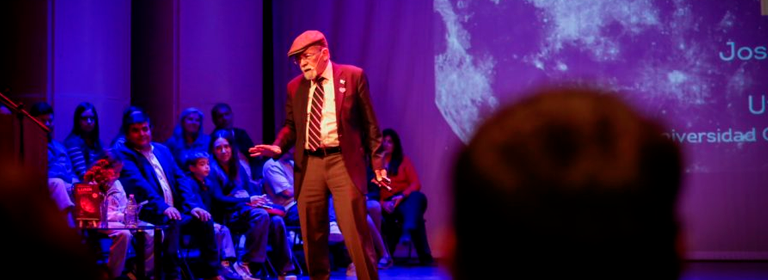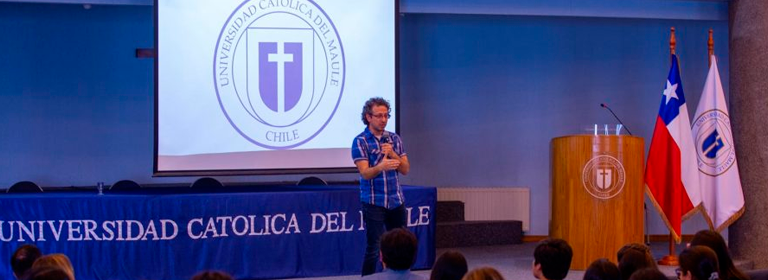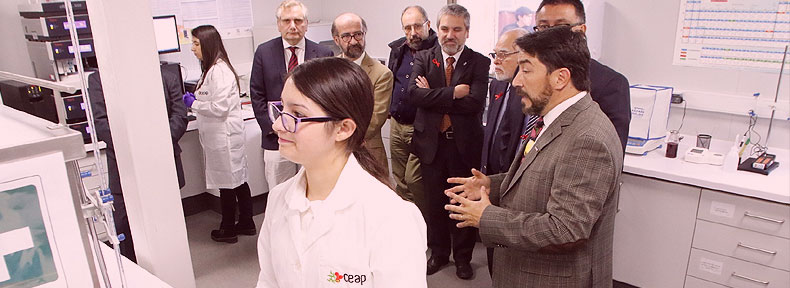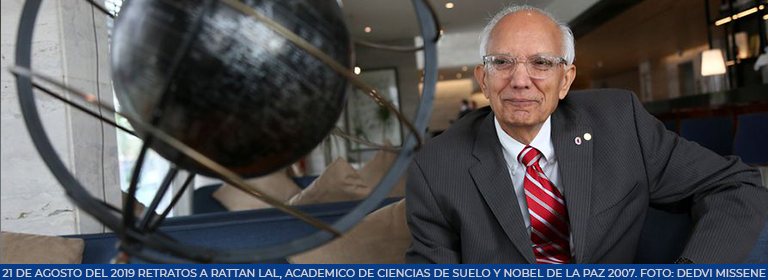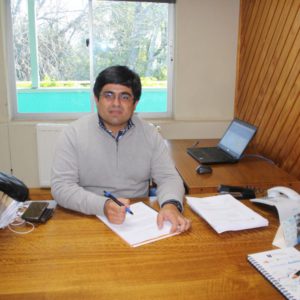The National Prize for Exact Sciences highlighted the importance of scientific dissemination, during a talk he gave at the Universidad Católica del Maule.
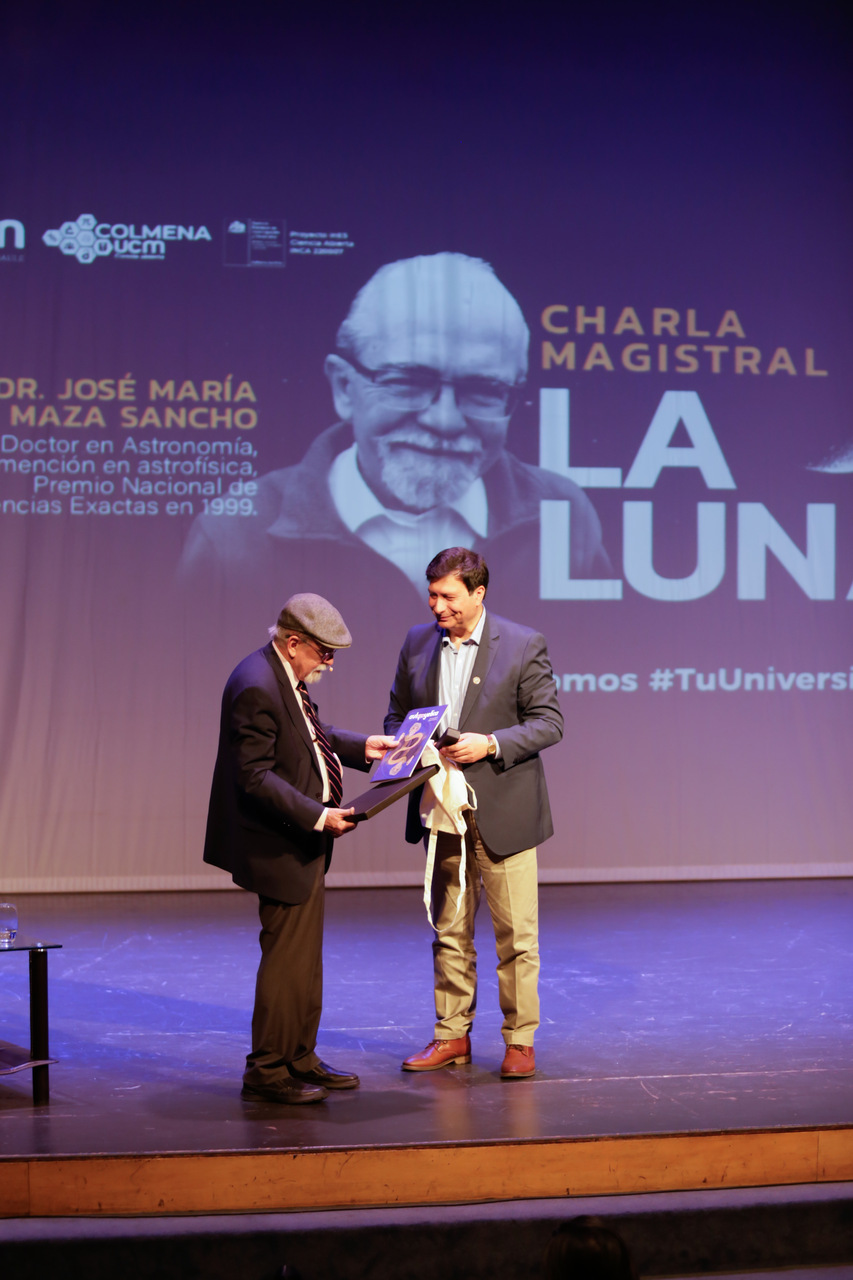 “It is very important to disseminate and put the ball on the ground”. In this way, astronomer José Maza, called on his colleagues to share their scientific findings with the public.
“It is very important to disseminate and put the ball on the ground”. In this way, astronomer José Maza, called on his colleagues to share their scientific findings with the public.
“Society has no obligation to fund anyone, but if it funds a group to research, learn and study, those of us who have the privilege of having been funded with the money of all Chileans, we have to tell them what we have done. I am dedicated to give back to society what I have learned in my life, because when it is time to leave and I am on the ship that will never return, what good is it if I leave with the knowledge inside my head”, said the National Exact Sciences Prize winner, in his usual didactic and authentic style.
Maza, the most mediatic and popular scientist in Chile, gave a master lecture entitled “The Moon”, which served as the closing of the “Colmena” project of the Universidad Católica del Maule (UCM).
The event, held at the campus Extension Center, addressed the origin and history of the natural satellite and its relationship with our planet. “The moon has a size of 27% of the Earth and it revolves around the Earth in 27.3 days,” said the author of ‘We are Stardust,’ before a packed auditorium.
For two years, the “Colmena” project – financed by the National Agency for Research and Development (ANID) – has promoted accessible and transparent scientific work. One of its most significant contributions is the implementation of a repository, which will initially contain 520 open access publications.
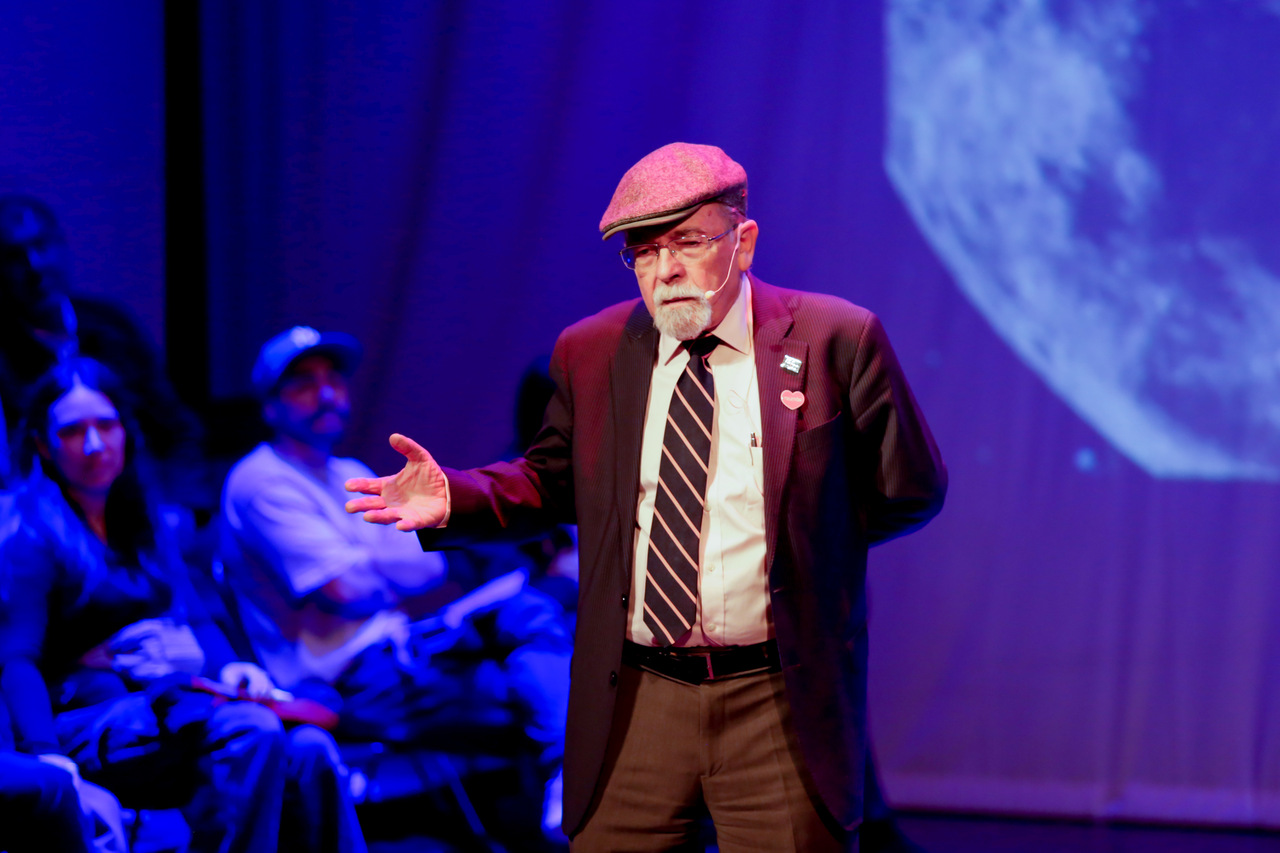 “Our university is committed to promoting open science and democratizing access to scientific information. It has been our great purpose this year and with this project we have already fulfilled a large part of what that means. We want to be a vector of development in science, but also to disseminate it and generate in children, adolescents, adults and especially in the university a culture of research, more than a sporadic work”, said UCM’s vice-rector for Research and Postgraduate Studies, Hernán Maureira.
“Our university is committed to promoting open science and democratizing access to scientific information. It has been our great purpose this year and with this project we have already fulfilled a large part of what that means. We want to be a vector of development in science, but also to disseminate it and generate in children, adolescents, adults and especially in the university a culture of research, more than a sporadic work”, said UCM’s vice-rector for Research and Postgraduate Studies, Hernán Maureira.
A similar opinion was expressed by the initiative’s director, Ranjeeva Ranjan. “In addition to creating a legal framework and related regulations, we have encouraged academics and researchers to open up information, data and scientific products, within the framework of their studies,” said Ranjeeva Ranjan, who is also the institution’s Director of Research.
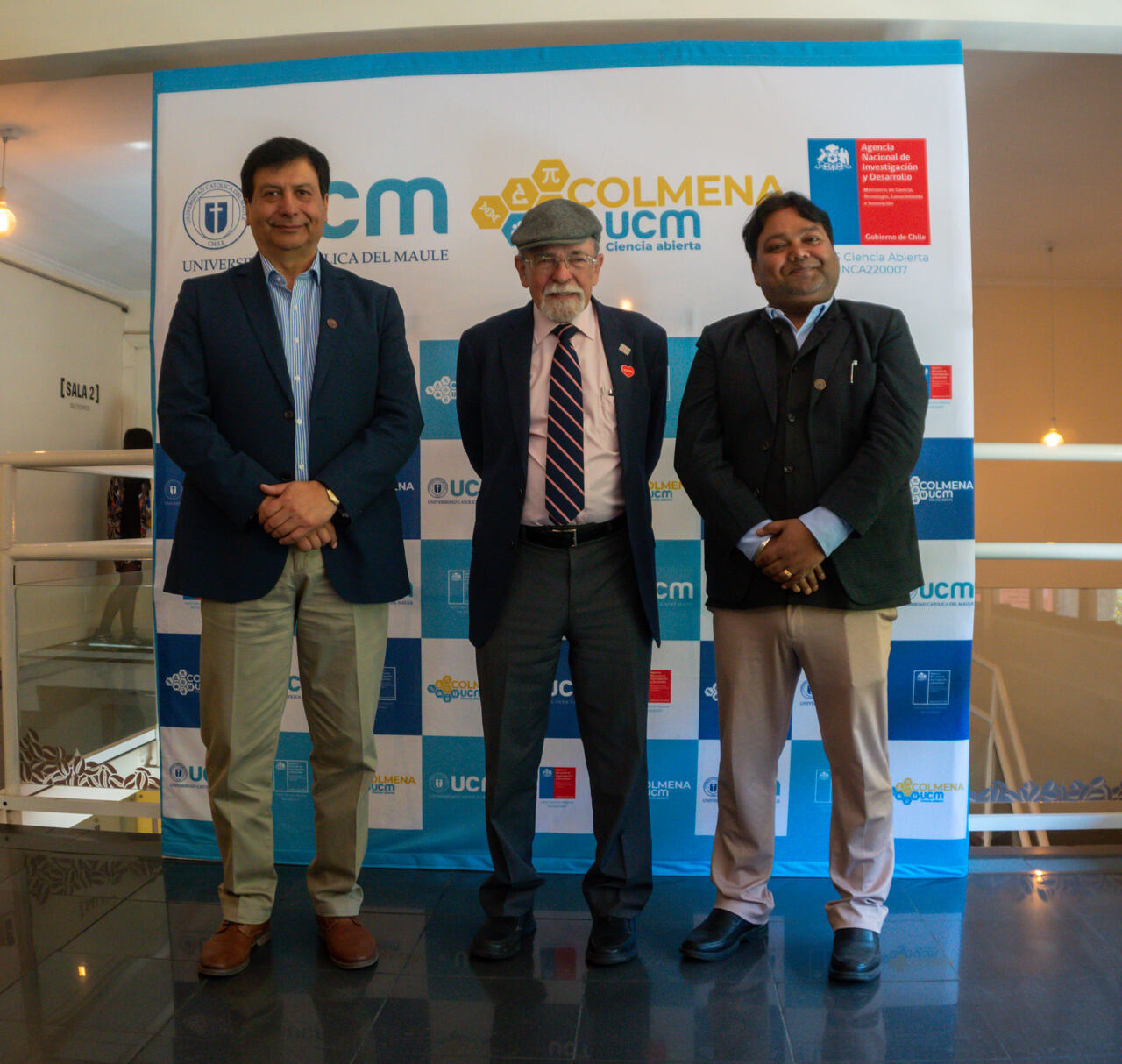 The owner of the moon
The owner of the moon
In his presentation, Maza recalled the lawyer Jenaro Gajardo Vera, who registered the moon as his property in 1954, in a notary’s office in Talca, indicating that the satellite belonged to him “since before 1857”.
“It was the legal formula used at that time to clear land without title of ownership. Don Jenaro used this legal loophole and with this declaration he was able to be a member of the Talca Social Club, for which it was required to have at least one property. Strange things have always happened in Talca,” he said with a laugh.
Gajardo died in 1998, stating in his will that “I leave my people the moon, full of love for their sorrows”. However, a 1967 international treaty already prohibited “any government from claiming the Earth’s satellite or any other celestial body”.


